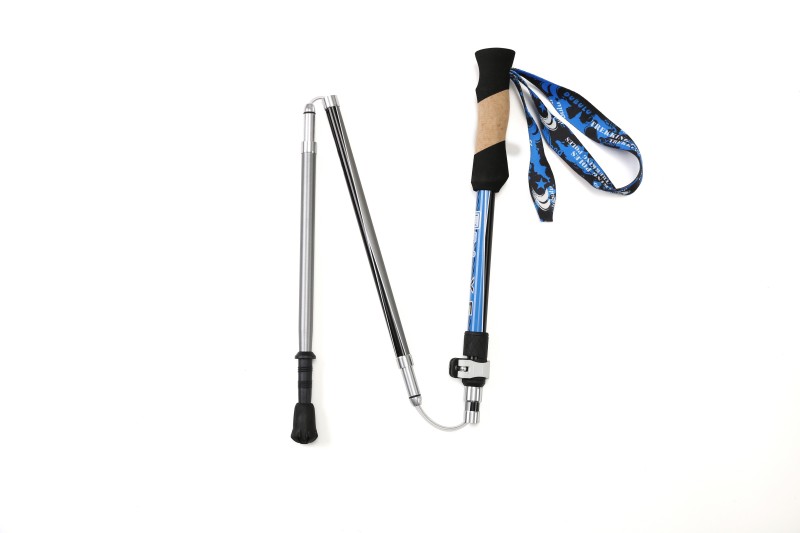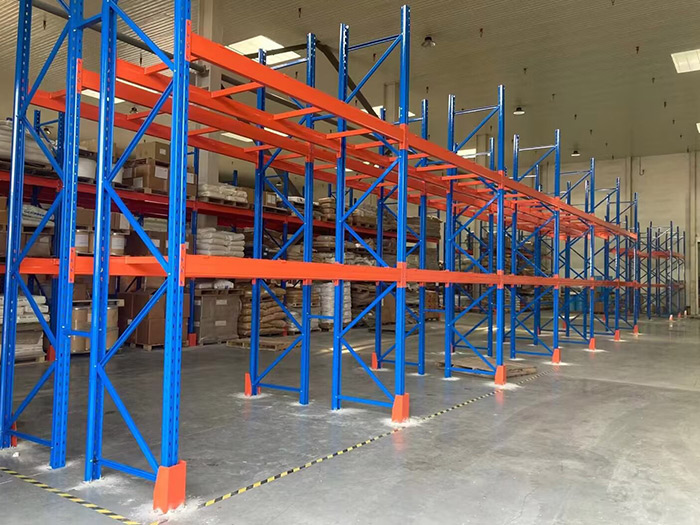Eco-Friendly Fabrics: A Comprehensive Guide to the Least Harmful Clothing Textiles for Our Planet
In an era where environmental consciousness is paramount, the fashion industry faces increasing scrutiny regarding its ecological footprint. The production and disposal of clothing textiles significantly impact our planet, from water consumption and pollution to carbon emissions and waste generation. As consumers become more aware of these issues, the demand for sustainable and eco-friendly textiles has surged. This article delves into the clothing textiles that are least harmful to the environment, exploring their production processes, benefits, and potential drawbacks.
Understanding the Environmental Impact of Textiles
Before diving into specific textiles, it’s essential to understand the environmental impact of clothing production. Traditional textiles, such as cotton and polyester, often involve harmful practices, including excessive water usage, pesticide application, and reliance on fossil fuels. In contrast, eco-friendly textiles prioritize sustainability, aiming to minimize harm to the environment throughout their lifecycle—from raw material sourcing to manufacturing, usage, and disposal.
- Organic Cotton: A Sustainable Alternative
Organic cotton is cultivated without synthetic pesticides or fertilizers, making it a more environmentally friendly option compared to conventional cotton. The organic farming methods promote biodiversity, improve soil health, and reduce water consumption. Additionally, organic cotton is often processed using eco-friendly dyes and finishes, further minimizing its environmental impact.
Benefits:
- Reduced chemical usage
- Lower water consumption
- Supports biodiversity
Drawbacks:
- Higher production costs
- Limited availability compared to conventional cotton
- Tencel (Lyocell): The Eco-Conscious Choice
Tencel, a brand name for lyocell, is derived from sustainably sourced wood pulp, primarily from eucalyptus trees. The production process involves a closed-loop system that recycles water and solvents, significantly reducing waste and pollution. Tencel is biodegradable and has a soft, luxurious feel, making it a popular choice for various clothing items.
Benefits:
- Biodegradable and compostable
- Low environmental impact during production
- Soft and breathable fabric
Drawbacks:
- Higher price point compared to conventional fabrics
- Limited colorfastness in some cases
- Hemp: The Resilient Fiber
Hemp is one of the most sustainable textiles available, requiring minimal water and no pesticides to grow. Its cultivation improves soil health and absorbs carbon dioxide, making it a carbon-negative crop. Hemp fibers are strong, durable, and naturally resistant to mold and UV light, making them ideal for clothing.
Benefits:
- Minimal environmental impact
- Strong and durable fabric
- Naturally pest-resistant
Drawbacks:
- Stiff texture compared to other fabrics
- Limited availability in mainstream fashion
- Recycled Polyester: Turning Waste into Wearable Fashion
Recycled polyester, made from post-consumer plastic bottles and other waste materials, offers a sustainable alternative to virgin polyester. By repurposing existing materials, recycled polyester reduces the need for new resources and minimizes plastic waste in landfills and oceans. While the production process still involves energy consumption, it is significantly less harmful than producing new polyester.
Benefits:
- Reduces plastic waste
- Lowers carbon footprint compared to virgin polyester
- Versatile and durable fabric
Drawbacks:
- Microfiber pollution during washing
- Still reliant on fossil fuels for production
- Linen: The Timeless Textile
Linen, made from the flax plant, is another eco-friendly option. Flax requires less water and fewer pesticides than cotton, and the entire plant can be utilized, minimizing waste. Linen is biodegradable and has a long lifespan, making it a sustainable choice for clothing.
Benefits:
- Low water and pesticide requirements
- Biodegradable and durable
- Naturally breathable and moisture-wicking
Drawbacks:
- Wrinkles easily
- Can be more expensive than conventional fabrics
Conclusion: Making Informed Choices
As consumers, our choices have the power to shape the fashion industry and promote sustainability. By opting for clothing made from organic cotton, Tencel, hemp, recycled polyester, and linen, we can significantly reduce our environmental impact. However, it’s essential to consider the entire lifecycle of textiles, from production to disposal, and support brands that prioritize ethical and sustainable practices.



